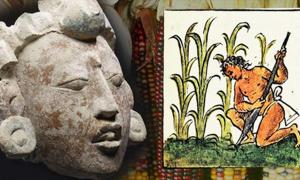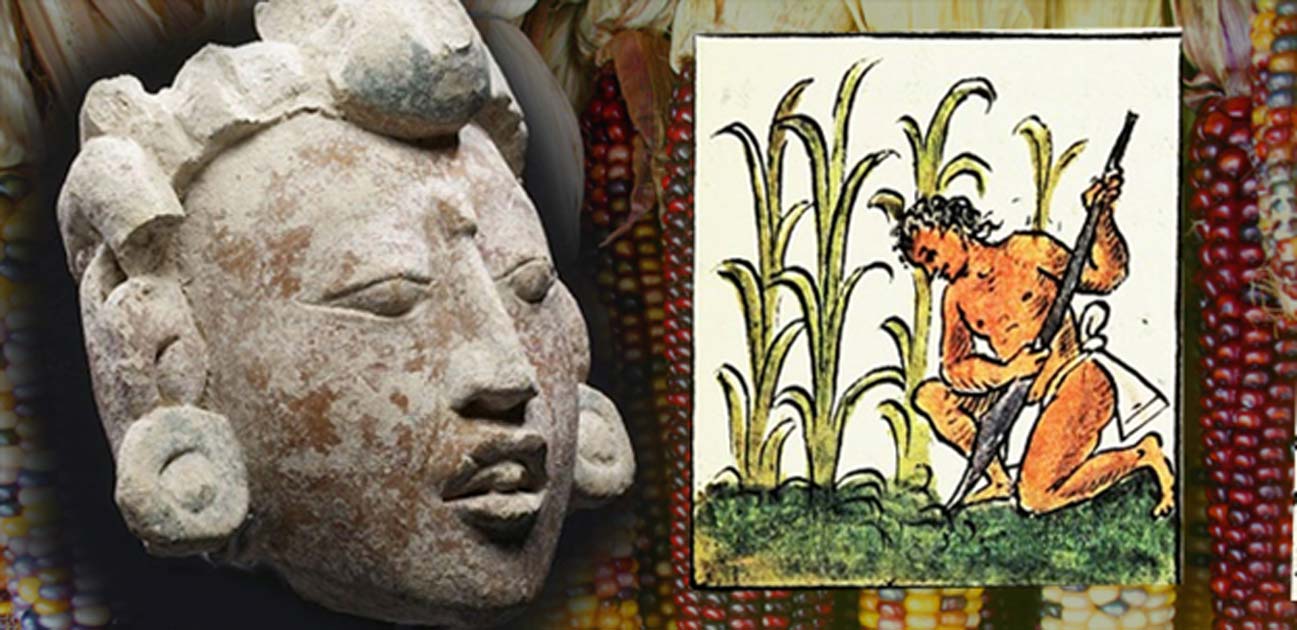http://www.ancient-origins.net/opinion-guest-authors/remembering-future-how-ancient-maya-agronomists-changed-modern-world-008695
Charlemagne, but their histories did not converge because the Maya and other world civilizations did not realize that each other existed. The Maya were the phantoms of history.
Experts of Agronomy
They developed advanced sciences in astronomy, mathematics and one of the five original written languages in the world. They constructed grand high-rise cities replete with otherworldly art and architecture. But, their greatest science was agronomy. They were the greatest agronomists in world history. They developed cultivars that nourished the Maya people, enabling their rapid growth into a society of profound thinkers.
For more than 8000 years Maya agronomists created cultivars or plant varieties of unequaled quality by combining science with selective plant breeding. The goal was to develop cultivars that enhanced the lifestyle of their populace.
After the discovery of America, Spanish explorers encountered Maya cultivars and they adopted these, disseminating them across the world. The adoption of the unique cultivars by peoples in Afro-Eurasia altered history.


No comments:
Post a Comment